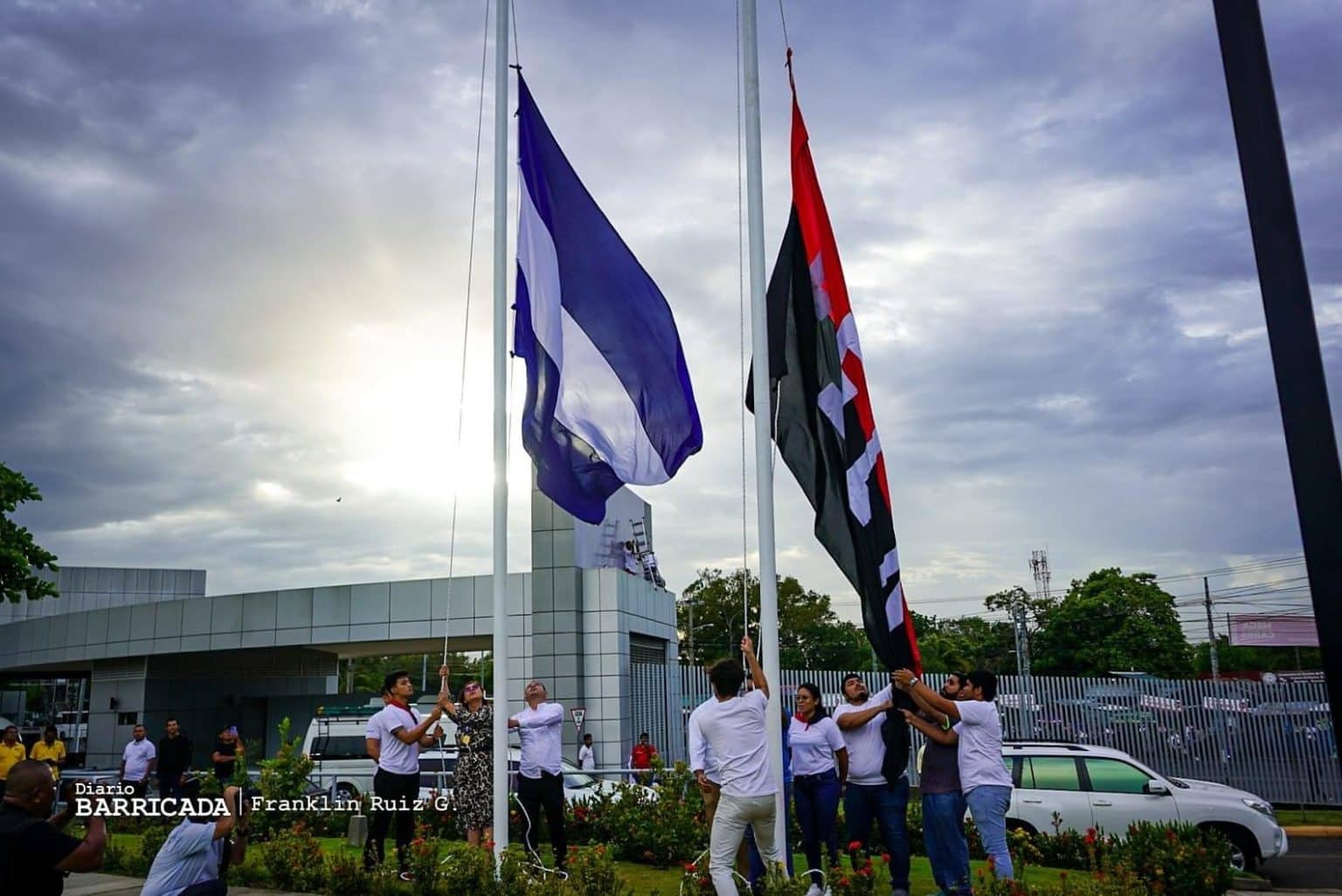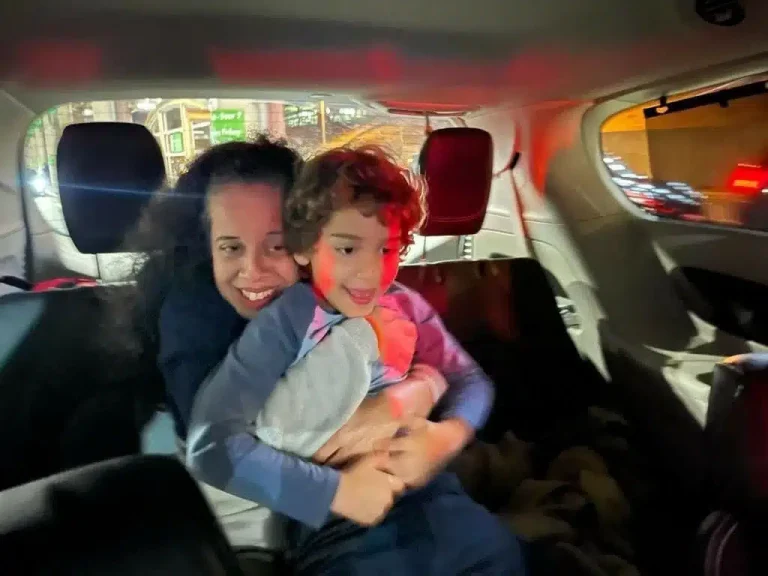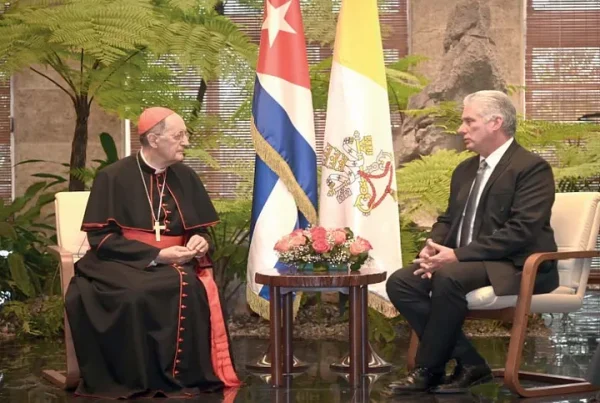12 de febrero 2023

European Concern over Lack of Academic Freedom in Nicaragua

PUBLICIDAD 1M
PUBLICIDAD 4D
PUBLICIDAD 5D
The release of the Nicaraguan political prisoners is a highly relevant turn of events in favor of the region’s human rights

Released political prisoner Suyen Barahona was finally able to hug her son after being released from prison and sent to the US. Photo from LaLupa press
It’s difficult for the US State Department and Daniel Ortega to sustain their claims that no negotiations took place previous to the release of the 222 Nicaraguan political prisoners who were abruptly released from jail, banished, and put on a plane for the United States on February 9.
That implausible version is really based on an old formula: negotiation takes place, but both parties deny it, since – in a tense bilateral atmosphere – they don’t want it to be seen as conceding anything that could lead to sitting down to dialogue.
At the beginning of the Cold War, that formula was used by both the United States and the Soviet Union. They didn’t have to recognize anything; the secret agreement ended with two individuals walking in opposite directions in the fog enveloping the Glienicke Bridge in Potsdam, Poland, or under the reflector lights of the Vienna airport.
Closer to us in time and geography are the events of 1979, when Cuba brokered the release of the four Puerto Rican independence activists that had been imprisoned in the US for having shot in the air within the US Capitol building, while they shouted insurgent slogans.
In exchange for this, Fidel Castro freed four US citizens accused of espionage on the island. Both decisions happened simultaneously, but they were each formally declared unilateral measures.
In 2014, when Cuba and the US exchanged intelligence agents as a prelude to renewing diplomatic relationships, the freeing of Alan Gross was described as a “humanitarian gesture” on the part of Cuba.
Havana had declared Gross guilty of a crime against national security, although Washington never recognized him as a spy or subversive agent, and insisted he was merely a civilian employee charged with distributing equipment to the Jewish communities for connecting to the internet.
As can be seen, the release of the Nicaraguan political prisoners is a turn of events that is highly relevant for human rights in the region.
Its dimension is huge. In Latin America, a release of that size hasn’t been seen since that which stretched over ten months between 1978 and 1979, when Fidel Castro allowed more than three thousand dissenters to leave for the United States.
Ortega expedited new passports for all the released prisoners in a huge hurry. At the same time, he made the brutal decision to just as hurriedly enact a Constitutional reform to strip them of their nationality.
The United States framed the release as “a constructive step” that “opens the door to the discussion of other matters of mutual concern.” Ned Price, the US State Department’s official spokesperson, called it the result of a “concerted effort” of the State Department, and affirmed that Washington remains “committed to a dialogue” with Ortega.
“We’re not asking them to lift the sanctions, we’re not asking for anything in exchange,” was Ortega’s version, when he felt obliged, perhaps unconsciously, to verbalize what had gone on “behind the curtain” of this episode.
Something can be expected to result from this tentative bilateral relation. Hours before, other gestures in favor of other prisoners had become known.
Cardinal Beniamino Stella, who served as Apostolic Nuncio when Pope John Paul II visited Cuba in 1998, was on the island to mark the 25th anniversary of that trip.

Cardenal Beniamino Stella and Cuban president Miguel Diaz-Canel in Havana on February 8, 2023. Photo: Granma
On February 8, at the end of his tour, he told reporters that the Vatican was interested in the liberation of the hundreds of prisoners detained as a result of the popular demonstrations in Cuba on July 11, 2021 and afterwards.
Asked about a possible amnesty, Stella spoke these revealing words: “The Church, desires, seeks and has manifested this proposal [amnesty] (…) I believe that the topic is on the table (…) The Pope greatly desires a positive response, however it’s called – amnesty, clemency. The words are secondary, but it’s important that the youth who in one moment demonstrated their way of thinking… can return to their homes.”
That petition isn’t at all strange. Three Popes have visited Cuba, and the government received them all with significant massive pardons, which have included dissenters. The dissident group known as “the 75” who were detained in 2003 were eventually released through the petition of the Catholic Church.
Stella also advocated for an internal dialogue between Cuba and the United States.
Cuban president Miguel Diaz-Canel expressed gratitude for the Vatican’s efforts towards an understanding between the island and Washington. He told Stella he intended to “continue building [roads] for mutual benefit,” towards “a solution to the expectations of both parties.”
This article was originally published in Spanish in Confidencial and translated by Havana Times.
PUBLICIDAD 3M
Periodista mexicano. Autor de "Cuba. El futuro a debate". Escribe sobre México, Centroamérica, el Caribe y temas globales.
PUBLICIDAD 3D